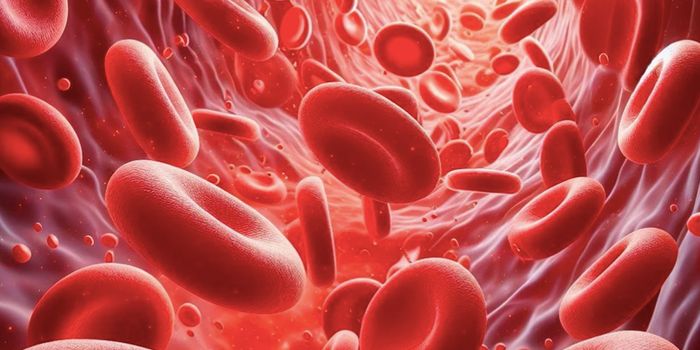
To protect people from infectious disease, clinicians can target pathogens and parasites with medicines such as antibiotics, or scientists can manipulate the conditions that enable transmission. Researchers from the
University of Virginia School of Medicine and the University of Colorado have demonstrated the effectiveness of a third strategy: changing the landscape of the human body to remove the mechanism that enables pathogens to cause disease. Their findings were reported in
Drug Discovery & Development.
The scientists have silenced genes within human cells to induce immunity to the parasite E. histolytica, which infects 50 million people and causes 40,000 to 110,000 deaths worldwide annually by means of severe diarrhea. According to the University of Virginia’s Chelsea Marie, a research scientist in infectious diseases and international health, noting the challenge the researchers faced in blocking the amoeba’s ability to kill human cells, “This amoeba is a cluster bomb – a voracious killer. In the back of my mind, I was thinking the parasite was going to decimate the host cells no matter what we did with their genetics.”
Using a technique called RNAi to create a library of bladder cancer cells with thousands of independent, silenced genes, the researchers challenged these cultures with E. histolytica. According to Dr. Dan Theodorescu, formerly of the University of Virginia and now director of the University of Colorado Cancer Center, “We do this all the time in cancer research. Commonly, we’re looking for genes that, when silenced, will make cells more susceptible to chemotherapy.”
In this research, the analog of chemotherapy was the infectious, dangerous pathogen. E. histolytica decimated thousands of the manipulated cell cultures, but a small number of cells resisted the parasite.
To find out whether this was chance or a case of silenced resisting immunity, Marie discarded the dead cells and retested the survivors. She again infected the cells with E. histolytica, reporting, “It wasn’t a fluke. We did this over nine generations of cells, each time selecting the cells that survived and then re-applying the parasite. Over these generations of selection, we saw the cultures becoming more and more enriched for cells lacking specific genes.”
Marie identified the genes that conferred resistance using next-generation sequencing and discovered that many were involved in managing the flow of potassium into and out of human cells. A follow-up experiment revealed that, when unimpeded, E. histolytica caused intestinal cells to pump out potassium directly before cell death.
Theodorescu said, “We started to see a pretty clear line of reasoning. The parasite was causing potassium efflux right before cell death, and cells that happened to be unable to transport potassium didn’t die.”
According to Dr. William A. Petri Jr., chief of the University of Virginia’s Division of Infectious Diseases and International Health, “There is a clear need for new drugs targeting E. histolytica. Right now there is a single antibiotic that works against this parasite. We know that eventually the parasite will develop resistance to the antibiotic, and at that point there’s no plan B. This could be the plan B – targeting the human genes that enable the parasite to cause disease.”
Theodorescu concluded, “This is a major finding with translational implications for this infection that causes so many deaths worldwide, but also proof that this cancer-science approach can be used to explore genetic mechanisms of resistance in the field of infectious disease.”
 To protect people from infectious disease, clinicians can target pathogens and parasites with medicines such as antibiotics, or scientists can manipulate the conditions that enable transmission. Researchers from the
To protect people from infectious disease, clinicians can target pathogens and parasites with medicines such as antibiotics, or scientists can manipulate the conditions that enable transmission. Researchers from the 







